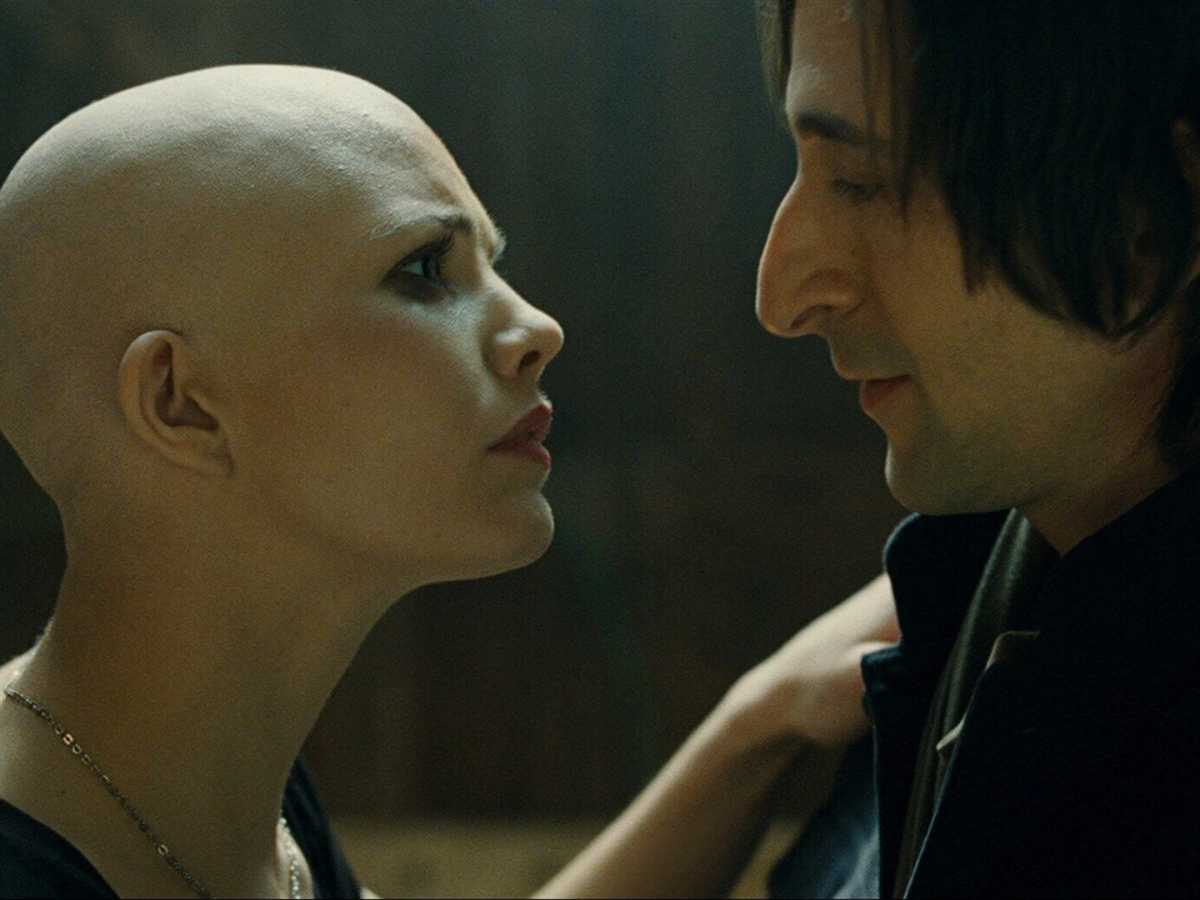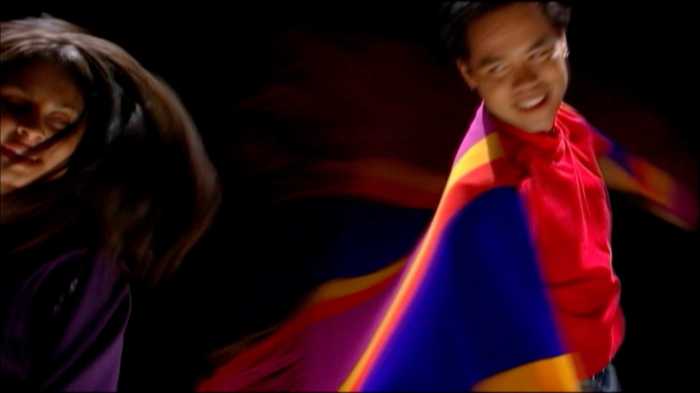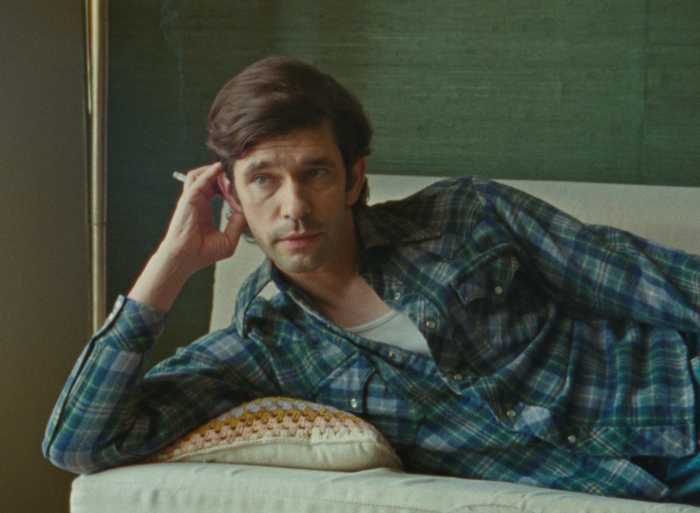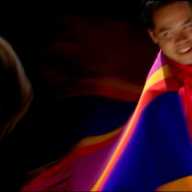For the first time since the pandemic, Anthology Film Archives’ ongoing “Cinema of Gender Transgression” series is back. Programmed by Joey Carducci and filmmaker Angelo Madsen Minax, “Cinema of Gender Transgression” is, in their words, “an extensive, ongoing series exploring the ways in which cinema has intersected with the experiences, struggles, and ideas of transgender, non-binary, and gender non-conforming lives and communities.” This long weekend of films is modest, but even with only two features (Ali Abbasi’s “Border” and Vincenzo Natali’s “Splice”) and two programs of shorts (all by non-binary Turkish director Nazli Dinçel) on the bill, they resonate together in fascinating ways.
A fantasy about a species of trolls who live alongside humans, most remaining in the dark about their real nature, “Border” uses such genre ideas as a powerful way of speaking about difference. (Abbasi, who went on to direct two episodes of “The Last of Us,” is an Iranian man who immigrated to Scandinavia.) Tara works as a guard at the Swedish border, inspecting people and packages. She believes herself to be a deformed woman, but her very strong sense of smell enhances her skills at work. Melander wore heavy prosthetic makeup and fake teeth for the role. Following a search that reveals Vore (Eero Molinoff) to be carrying a bag of maggots, he strips down and reveals that he has a vagina.
Much of “Border” takes place in the woods outside Stockholm, with animals a constant presence. Through Vore, Tara really discovers who she is, learning about trolls’ inborn tails, diet of insects, strong sense of smell and ability to attract lightning. Relevant to this series, male trolls have vaginas and female trolls have penises. “Border” goes beyond a vague allegory with a sex scene that doubles as a coming-out moment, as Tara penetrates Vore. The perception of trolls as monstrous, and lack of a vocabulary to understand their differences, which creates tremendous self-hatred for Tara, is tied to the gap between their outward appearance and internal identity. Vore detests the human race, seeing pedophilia as a sign of our evil nature, yet he’s descended into an ugly bitterness he uses to justify trafficking children. Tara has one foot closer to humanity, yet she’s come to realize that her place in Swedish life depends on repressing herself. The film takes too long building up to the revelation where Tara realizes who she really is, yet it offers a nuanced story about what it means to be an outsider.
Back in 2009, when Vincenzo Natali’s “Splice” was made, the tech bro villain wasn’t yet a cliché. It foresaw the growing toxicity and hidden conservatism of Silicon Valley. Its protagonists, genetic scientists Elsa (Sarah Polley) and Clive (Adrien Brody), work for a pharmaceutical company whose initials form the acronym “NERD.” It’s wild to think that this was a Warner Brothers release that played multiplexes only 14 years ago, because its final half hour makes “Border” look like a Pixar film. Elsa and Clive, who live together, experiment with genetically created human/animal hybrids intended for use as a living lab for new drugs. In the film’s big, gory set piece, their first attempts, named Ginger and Fred, kill each other in an explosion of blood and shattered glass after Ginger has turned male. They try again with Dren (played as a child by Abigail Chu and an adolescent by Delphine Chanéauc). After Elsa and Clive take Dren to their farmhouse in the woods, she apparently does better, growing up quickly. However, Dren also acts like an unpredictable animal whose behavior can be dangerous. Elsa treats her maternally, giving her a dress and makeup, while Clive’s behavior is much more abusive. However, the couple don’t understand the nature of their creation, including a violent streak and the ability to change genders.
It’s possible to read “Splice” as transphobic or implying that abused children have some complicity in the way their parents mistreat them. However, the film’s main point is a misanthropic vision of technology turned into an enabler of new forms of child abuse. The film’s cynicism peaks in its final scene, which ends with sexual assault turned into a commodity. It’s about the dangers of socializing children into gender roles that don’t match their actual bodies and psyches and the way kids can change without their parents’ knowledge. All three of the main characters are extremely flawed, engaging in terrible behavior, but its refusal to tone down or sanitize Dren’s differences plays as a gesture of respect.
I was able to preview three films from the first program of Dinçel’s shorts. Their work is dense with borrowings from critical theory, but it uses these ideas as onscreen text, etched into the film material itself. “Between Relating and Use,” which quotes writers Laura Mark and D. W. Wincott, but “Untitled” insists on the materiality of film with a greater sense of humor.
“Instructions on How to Make a Film” is a gem, gently parodying the educational film. (It’s a self-described comedy.) While its voice-over sings the praises of amateur, analog filmmaking in a digital era, the onscreen text refers instead to gardening. Dense enough to be difficult to be parse — in one scene, a man receives oral sex as text appears onscreen while also being read in voice-over as Madonna’s “Like a Prayer” plays — “Instructions” is serious about its ideas, yet playful too. Both “Between Relating and Use” and “Instructions” bring up the danger of objectification while including images of actual sex, but “Instructions” finds a happy medium by seeing technology and the human body as part of nature.
“Cinema of Gender Transgression” | Anthology Film Archives | April 21-24




































